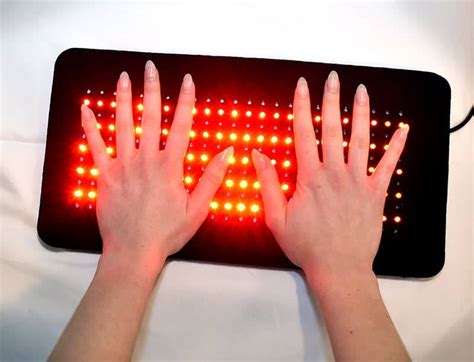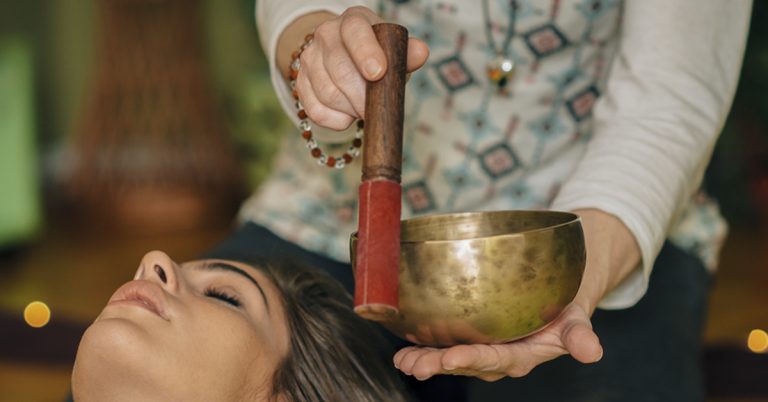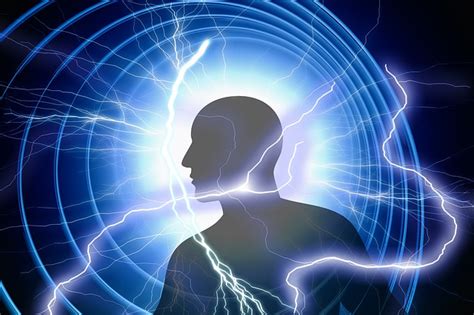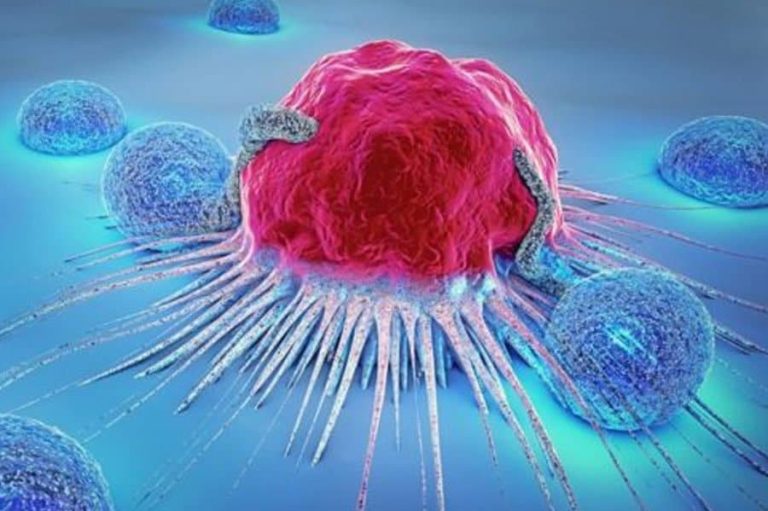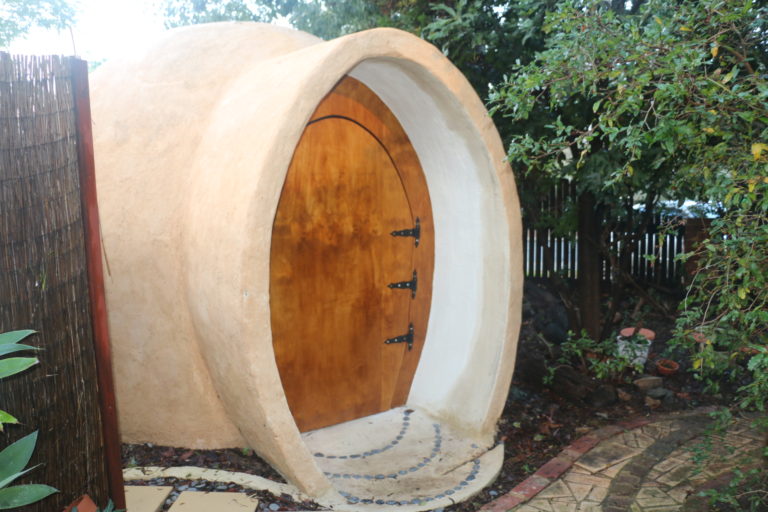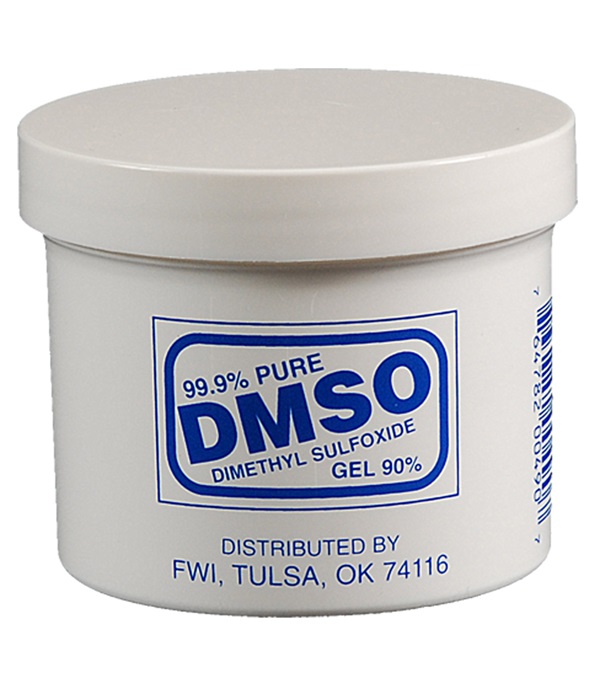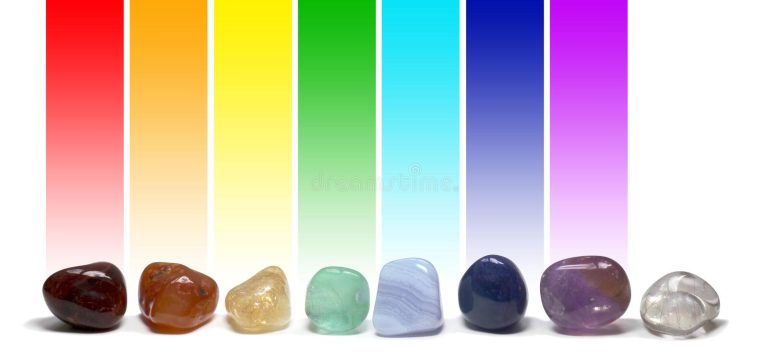Ep. 004 Red Light Therapy – Top Tips to Get Great Results
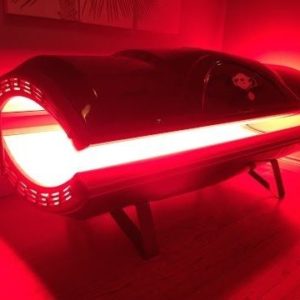
Red Light Therapy – Top Tips To Get Great Results
Today’s Guest
Maniisha Bluntschli, host and creator of the Limbic Light Podcast has over 35 years clinical experience working as an acupuncturist, herbalist and natural health therapist. She specialised in working with women’s health and fertility issues. Over the last ten years, Maniisha has begun to delve deeply into the use of energy (and electro) medicine along with light (including colour) therapy to assist her in her clinic work helping her clients back to wellness.
Maniisha currently stands as president of the Australasian Light Association, which she co-founded in 2016. Maniisha has used redlight therapy, along with near infra red, photobiomodulation and other forms of light therapy for numerous different conditions in her clinic.
You’ll Learn
- A guide to applying the correct dose of red light therapy for optimal results.
- How to use red light therapy to perform bachieve better results at exams, recover better in surgery and perform better at sports.
- Three major top acupoint areas to apply red light therapy.
Key Notes
- (0:50) Red Light therapy includes nearinfra red therapy, low level laser therapy and photobiomodulation1
- (1:20) Red light therapy originated as low level laser therapy in the 1960s, mostly used by a small number of doctors.
- (1:50) Professor Tina Karu, Russian researcher, explored the effects of light on cellullar biological levels. She found that NIR and red light wavelengths enhance ATP production in the mitochondria’s Kreb cycle.
- (3:55) Mitochondria are the little ‘energy engines’ found in all cells, which were first ancient bacteria which merged into our cells.
- (4:50) Mitochondria are recently recognised to be very important to our health by receiving information from the environment and sending this information to the DNA to respond. Light is one major influencer of mitochondrial health.
- (5:40) Research by Tina Karu showed that laser wasn’t necessary for regenerative therapeutic effects. The most important element is the monochromatic light. This meant that LED monochromatic light could also be used for therapy.
- (8:01) LED light therapy has lots of benefits over lasers – for instance, easier legal rights to use the therapy, more affordable and greater safety.
- (9:50) There are over 4,000 research studies using red light therapy (photobiomodulation) validating a wide array of health conditions, including for PTSD and brain conditions.
- (10:30) Red light therapy is used in the beauty field, for sports and joint medicine, for improving energy metabolism.
- (12:20) Transcranial near infra red (NIR) therapy is a growing field of light therapy used for brain and psychological condition where near infra red light is transmitted through the skull to the brain. NIR can penetrate deeply (6 cm at least through bone).
- (15:00) Light therapy can be applied to irradiate the blood.
- (16:45) Improving the body’s energy, ‘qi’, life force is at the centre of why light can help so many different conditions – as All cells need energy to perform well.
- (19:35) Light has the ability to generate energy or electricy, according to Einstein’s Photo-Electric Effect. Our body is made of conductive tissue, so it can easily transmit this light and electricity.
- (22:30) Skin pads are useful for home and animal use, joint or injury conditions.
- (23:12) Panel red light therapy devices are useful for general lifting of energy, metabolism.
- (24:00) Red light baths are whole body capsules are especially helpful for chronic depleted problems. Good for clinics.
- (25:00) Torches and lasers are hand-held light devices, particularly for specific small, localised areas or acupuncture points.
- (25:55) Torches or lasers with attachments are particularly useful for treating body ‘orifices’ (holes) like the ear, mouth, in nose. This can be useful for tinnitus, auricular acupuncture (for addictions, pain and insomnia), dental problems or systemic blood irradiation.
- (30:49) Its very important to get the correct light dose. (The range of therapeutic dose is 0.5 Joules to 8 Joules per square centimetre). A small amount of stimulation will tonify. A large amount of light will tone down or sedate an inflammatory condition.
- (35:20) Its very rare to get an adverse or overdose using red light therapy. But it can happen and manifests as a mild short lived aggravation. It is usually relieved quickly.
- (36:40) Apply red light therapy just before and after any form of stress – like exercising, surgery, sitting an exam, running a marathon or any other stressors. This will allow a much speedier recovery, resiliency and better performance.
- (38:11) Three top recommended specific areas for using red light therapy for best results include DU 20 acupoint (at vertex of skull), REN 17 (at the centre and midline of the chest) and REN 8 (the umbilicus area).
Listen To Podcast
Links & Resources
Healing Is Voltage by Jerry Tennant
Free Downloadable Guide
Guide – Which Method of Red Light is Best For You?
(Please email me here with your request so you can receive the guide)
Receive News
Yes, please keep me informed of new news, podcasts, developments in the field of light therapy
